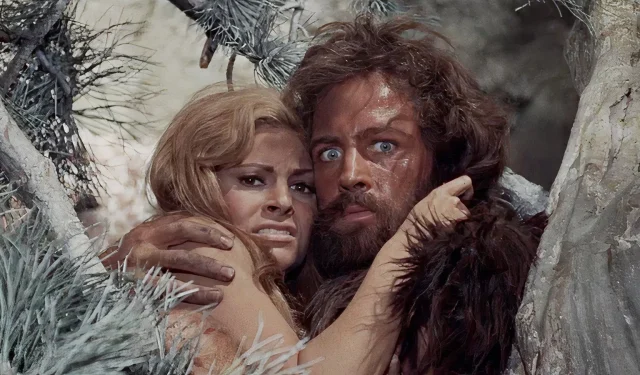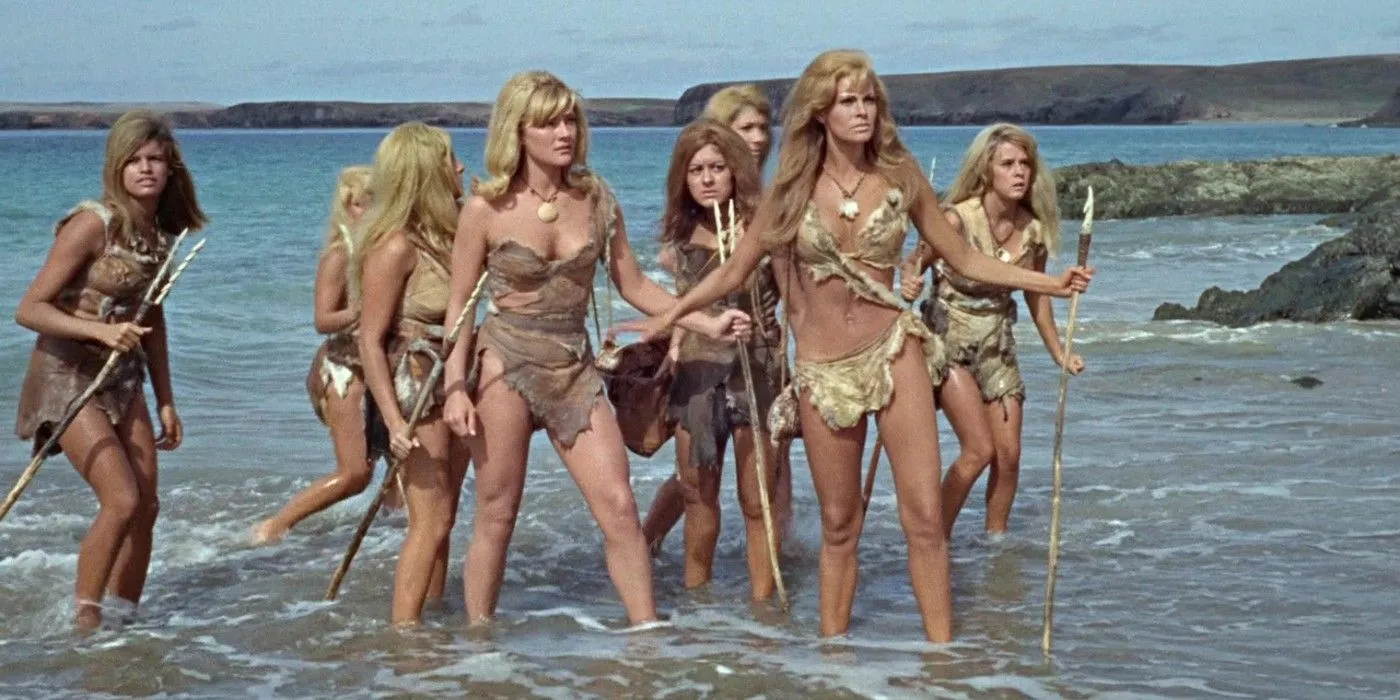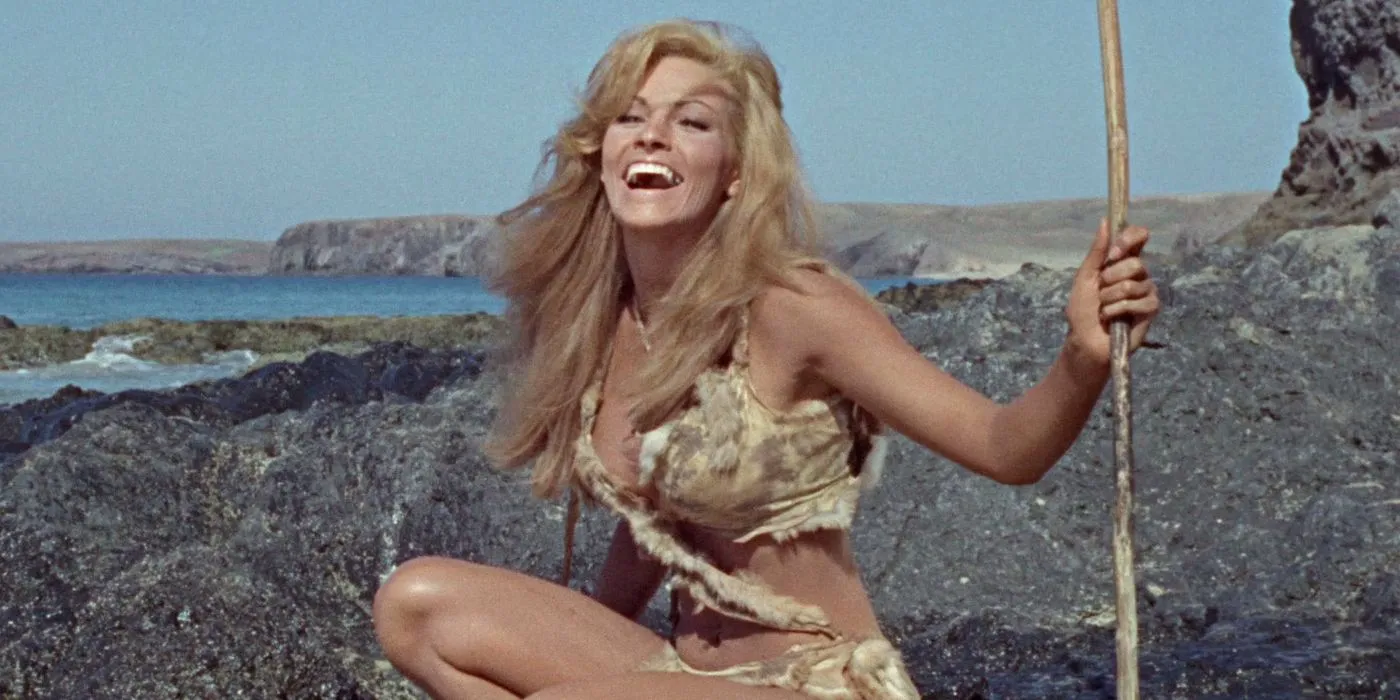
The 1966 film One Million Years B.C., starring iconic actors Raquel Welch and John Richardson, has left a lasting impact on the visual effects landscape, resonating strongly even after nearly seven decades. This adventure fantasy showcases a stylized interpretation of prehistoric life, complete with savage cavemen and dinosaurs. Its significant influence stems from Ray Harryhausen’s groundbreaking expertise in stop-motion animation, which has set a benchmark in the industry. Directed by Don Chaffey, the film achieved considerable success, ranking as the UK’s ninth most popular theatrical release in its debut year.
Recently, the talented VFX artists from Corridor Crew conducted a detailed analysis of some thrilling action sequences from the film. They deepened appreciation for Harryhausen’s intricate methods and highlighted the immense artistry and patience required in his work. Renowned for innovating a technique called “Dynamation,”Harryhausen adeptly fused animated models—ranging from clay dinosaurs to more static props—with live-action performances. Here’s a closer look at their insights on his remarkable process:
Niko: I just want to call out that the stop-motion wasn’t done at the same time as the acting. But you just fall into it. It feels like they’re in the same moment, but you have people acting against nothing, then, somebody going in there, Ray Harryhausen, and then just watching the footage, and frame by frame, making his character react to what they’re doing.
He’s basically doing it all by himself. He has the footage of the film, of the cavemen, and the background, doing their acting first and that’s on a projection screen behind the model. So, he’s looking through the camera viewfinder, seeing his little figurine, and he’s seeing a projected frame from the movie behind it. He’s lining it all up, lining up his creature with what the guys are doing in the background on the projected screen, taking a picture, and then advancing the background by one frame.
He goes in and looks at the viewfinder again. [Like Harryhausen] “Okay, he’s getting stabbed right there. Based on this perspective, I’m going to move my guy a little bit like that.”Picture. Advance one frame. He’s doing that over and over and over. Making it all coordinate with the people fighting and attacking.
During their analysis, one of the Corridor Crew artists posed a thought-provoking question about the complexity of Harryhausen’s animation techniques:
Jordan: Is he animating on ones here?
Niko: Yeah, Ray Harryhausen does 24 frames per second.
Jordan: I wonder about the spear-throw takeover in particular. You don’t see the spear leave the other side of the frame. Did they splice a comp shot?
Niko: There’s a lot of tricks in this that are totally holding up.
Jordan: So those leaves were clay from the start. There is no takeover. The sticks and the arms are all stop-motion clay!
Impact of the VFX Breakdown on One Million Years B.C.
Ray Harryhausen’s Timeless Legacy

The discussion led by Corridor Crew on Harryhausen’s innovative techniques emphasizes the remarkable commitment and creativity that defined his extraordinary career from the 1940s until his passing in 2013. At a time when digital tools were non-existent, Harryhausen ingeniously crafted mesmerizing visual effects, relying heavily on meticulous physical modeling, hand-sculpted animations, and precise timing. His laborious approach involved painstakingly calibrating clay figures and objects to synchronize seamlessly with live-action performances—a testament to his unmatched talent and inventiveness.
The analysis by Corridor Crew reflects how Harryhausen’s methodologies still resonate with modern VFX artists in an industry increasingly dominated by computer-generated imagery. Practical effects have seen a revival in recent cinematic works, such as Alien: Romulus and the MCU’s Agatha All Along, serving as a nod to Harryhausen’s skill in crafting authentic interactions between live actors and animated monsters. Ultimately, Harryhausen’s legacy endures as a powerful reminder of the captivating charm of tactile, handcrafted visuals within the current CGI landscape.
Reflection on Ray Harryhausen’s Lasting Influence
A Masterclass in Storytelling Through Innovation & Artistry

Watching contemporary VFX professionals like Corridor Crew express admiration for Harryhausen’s achievements highlights the universal appeal of his creations. Beyond being a simple prehistoric adventure, One Million Years B.C. stands as an enduring testament to the timeless magic of practical effects in a world dominated by advanced CGI technologies. Even years after Harryhausen’s death, his artistry continues to inspire filmmakers and audiences, showcasing the emotional depth that can be achieved through careful craftsmanship and innovation.
From the nuanced movements of his animated creatures to the seamless interactions they share with live actors, Harryhausen’s work exemplifies the delicate balance between creativity and technical skill. For enthusiasts of cinematic history and special effects, One Million Years B.C. remains an invaluable lesson—a striking reminder that the spirit of innovation is ageless and ever-relevant in the realm of filmmaking.
Source: Corridor Crew




Leave a Reply